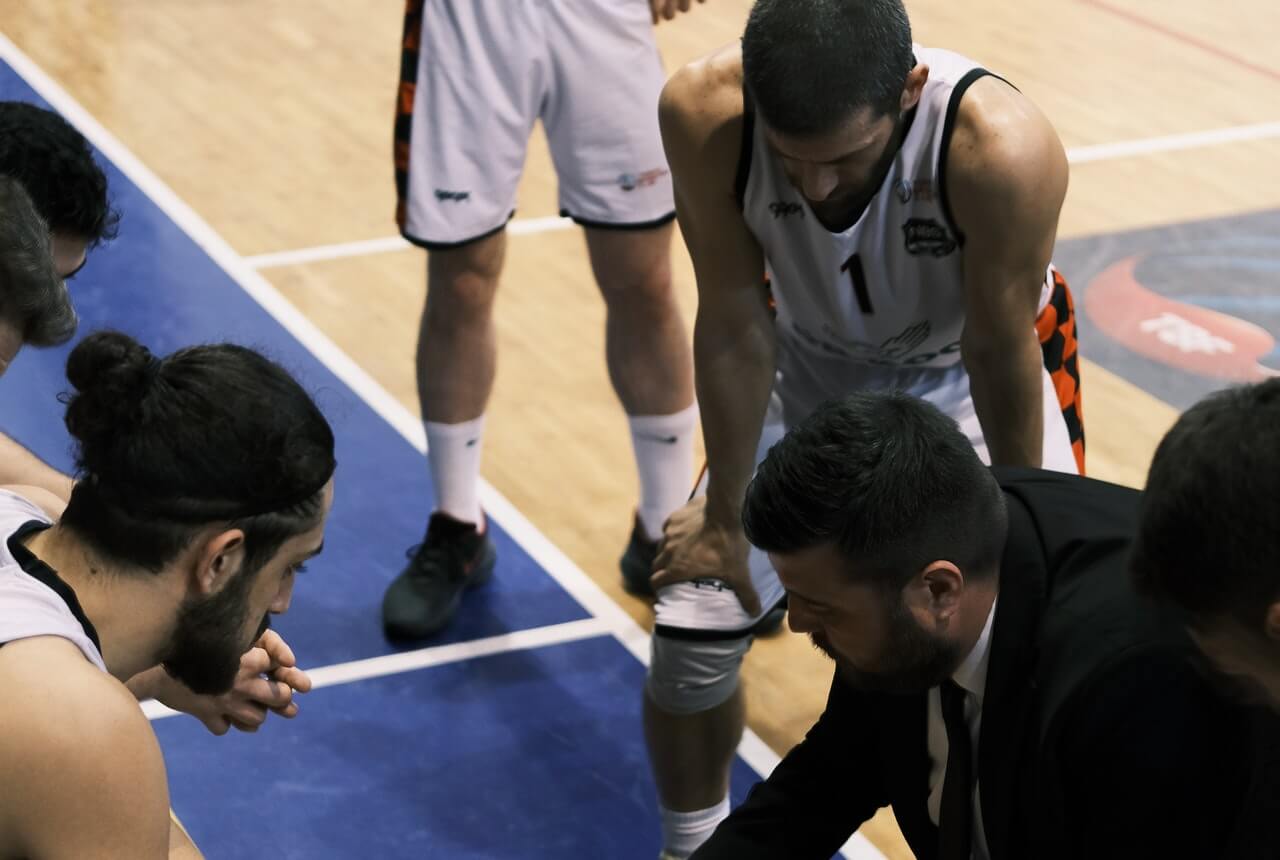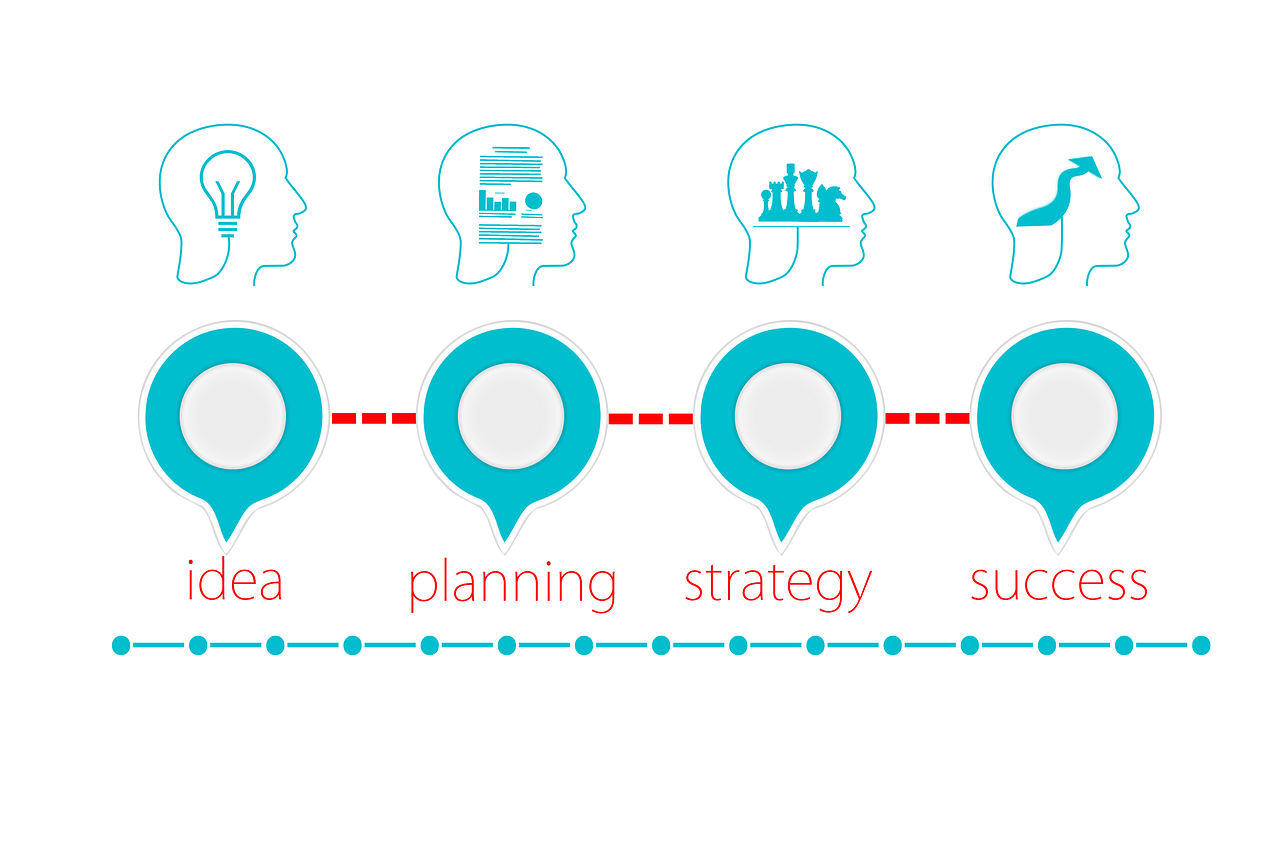The Dog That Didn’t Bark, and Should Touchdowns be worth 10 Points?
This posting by: Bill Huddleston Massive CFC Changes Proposed …Riveting Reading in the Federal Register…
Our content is reader-supported. Things you buy through links on our site may earn us a commission
Never miss out on well-researched articles in your field of interest with our weekly newsletter.


This posting by: Bill Huddleston Massive CFC Changes Proposed …Riveting Reading in the Federal Register…

Simply put, Action Learning is a group-based process that is proven to generate innovative and…

Welcome to this six-part series on the foundations of consulting. If you have not been…

For local charities that want to apply to the CFC as an independent local charity…

Part 1 of this series is What Do Consultants Do?, which defines a consultant (as…

Consulting Foundations: What Do Consultants Do? Part 1 Peter Block, in his seminal book, Flawless…

Welcome to this six-part series on the foundations of consulting. If you have not been…

There are numerous myths that seem to persist about Boards of Directors. Here’s a list…

As the year-end approaches, and since most non-profits use the calendar year for their tax…

It’s common, especially for new or small nonprofits, to combine the responsibilities for fundraising and…

The following post was posted by Carter McNamara in the LinkedIn group, International Coach Federation.…

(This post was written by co-host, John Dupre.) I was recently talking to a group…

In an earlier life, I taught business ethics. (Most of my undergraduate college credits are…

There are about ten things your non-profit must do now in order to have a…

It seems that the use of “templates” in on the rise. I’m seeing them mentioned…

Meeting the Need with 3 Funding Proposals Funders often require a grantee to get at…